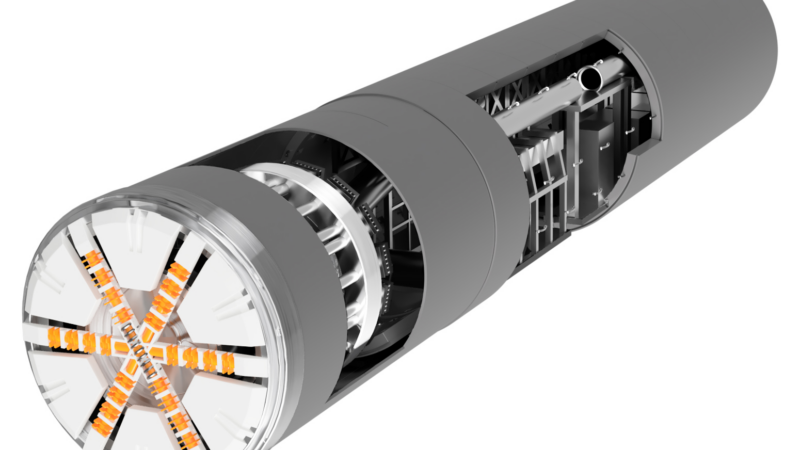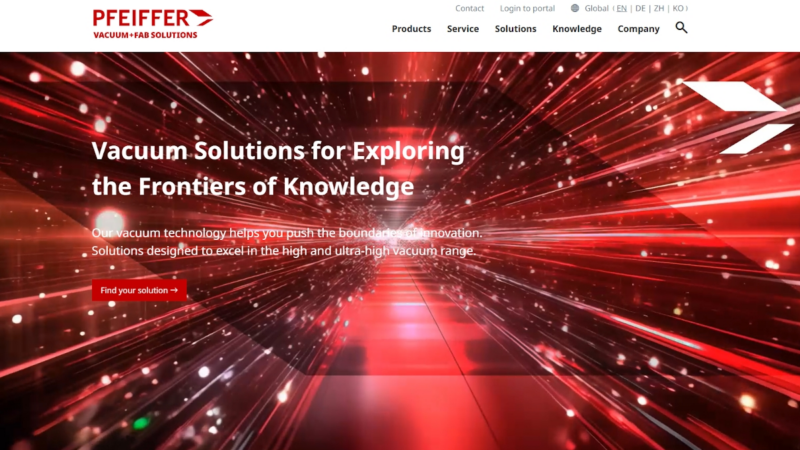Pipes, tubes, barrels and pressure-resistant filter housings are many of the plastic products which need to be assembled from individual components after injection molding. Infrared heating helps to weld the plastic components together without the need for adhesives or other fastening devices. Many of these production steps are significantly facilitated and speeded up by using infrared emitters.
Both time and energy are saved when quartz glass emitters are matched exactly to the product and process.
Heraeus Noblelight will be showing application-optimized infrared emitters and systems on stand G59 in Hall 10 at the K Show, which takes place in Düsseldorf from 16th to 23rd of October. There will also be an opportunity to speak directly with Heraeus application specialists on the stand.
Housings for swimming bath filters are relatively large and thick-walled and must be pressure-resistant. They are injection-molded in two halves in polypropylene and the two halves are welded together. For one company in South East Asia, the welding together of these large and thick-walled plastic components presented a real challenge, as the filter housing, when in its operating position, was clearly visible so that the welding seam had to be optically perfect.
The company formerly used a welding system with resistance heating elements in an aluminum block with a Teflon coating. The heating elements were pneumatically swiveled in and out of position. However, the polypropylene, which flows easily when melted, tended to stick on the heating element, so that quality and speed of production could no longer meet the increased production requirements. Consequently, a more efficient solution was sought, in order to save energy. Omega infrared emitters from Heraeus provided this solution.
A Custom-Built Infrared Welding Solution
For his customer in South East Asia, Dr Uwe Egen of IPCW (International Plastic Welding Consultancy) in Kassel, designed and built a system, which contains one of the largest Omega infrared emitters ever manufactured. This special emitter has the shape of a Greek letter omega, a diameter of 61 cm and is fitted with a 180° gold reflector, so that the heat can be totally targeted to where it is needed.
Two of the ring-shaped emitters project their heat radiation onto the edges of the half shells. They sit in a swivel device and are swiveled away after they have melted the plastic edge. The two halves can then be joined together.
An intelligent control system, which was fitted in the existing control cabinet, helps to maintain an intensity/time profile. Combined with the correct welding pressure, this ensures an optimum welded joint.
„The infrared system has replaced the contact heating elements, so that now we have much shorter cycle times,“ says Dr Egen. „However the main advantage of the infrared technology for me is that the two halves can be precisely centered. Infrared heats without contact, so there is no longer any possibility of contact surfaces sticking together and then shifting out of position.“
Infrared Heating Technology for Joining Plastics
Infrared radiation is transmitted without contact and generates heat directly in the product to be heated. Consequently it is superior to conventional methods, such as heating by contact plates. Unlike welding with contact heating there is no chance of hot plastic sticking to the heat source. Consequently, with infrared welding plastic components can be welded without any unpleasant odors, in a matter of seconds and in the knowledge that the finished product will be the same every time. There is also no need for time-consuming cleaning processes. Unlike vibration welding, there is no abrasion debris, which can be deposited on the product or the welding system. Infrared heating welds half shells into a pressure-tight container, while ultrasonic welding is mainly used in spot welding. Lasers weld plastic components using high energy but very high welding pressure is needed so that special safety measures are needed.
Picture Copyright Dr. Uwe Egen, IPWC, Kassel 2013
Heraeus, the precious metals and technology group headquartered in Hanau, Germany, is a global, private company with more than 160 years of tradition. Our fields of competence include precious metals, materials and technologies, sensors, biomaterials and medical products, quartz glass, and specialty light sources. In the financial year 2012 Heraeus generated product revenues of EUR4.2 billion and precious metal trading revenues of EUR16 billion. With more than 12,200 employees in over 100 subsidiaries worldwide, Heraeus holds a leading position in its global markets.
Heraeus Noblelight GmbH with its headquarters in Hanau and with subsidiaries in the USA, Great Britain, France, China and Australia, is one of the technology- and market-leaders in the production of specialist light sources. In 2012, Heraeus Noblelight had an annual turnover of 92,5 Million EUR and employed 715 people worldwide. The organization develops, manufactures and markets infrared and ultraviolet emitters and systems for applications in industrial manufacture, environmental protection, medicine and cosmetics, research, development and analytical measurement techniques.
Heraeus Noblelight acquired on January 31, 2013 the Fusion UV Systems group headquartered in Gaithersburg, Maryland (USA).
Kontakt:
Heraeus Noblelight GmbH
Dr. Marie-Luise Bopp
Reinhard-Heraeus-Ring 7
63801 Kleinostheim
+49 6181/35-8547
marie-luise.bopp@heraeus.com
http://www.heraeus-noblelight.com/infrared






